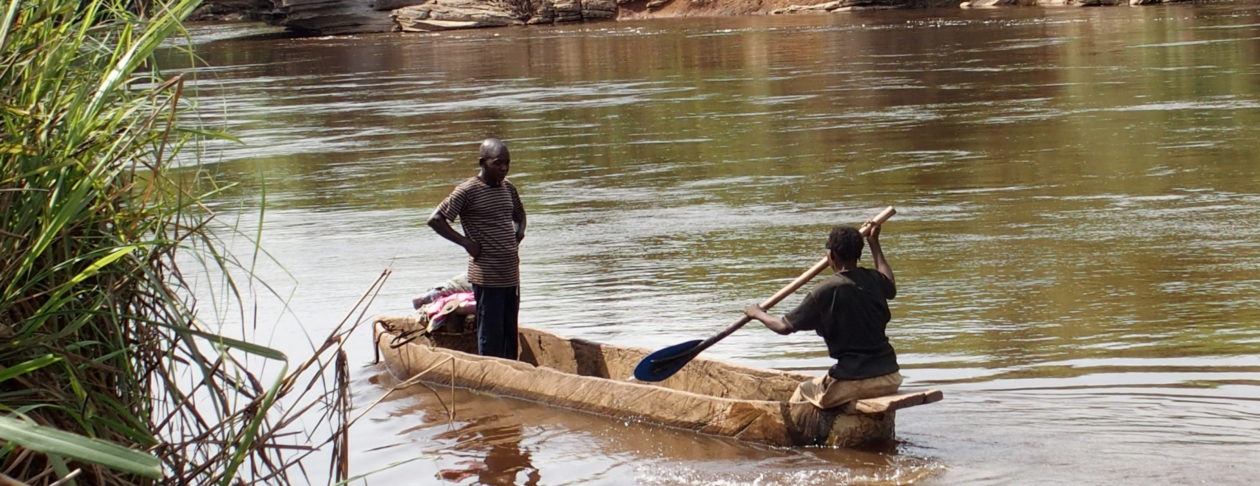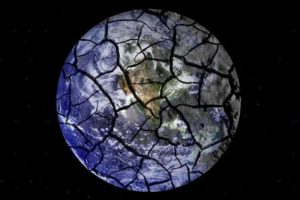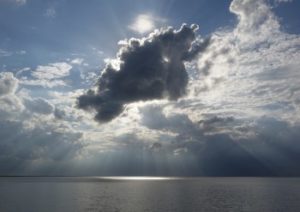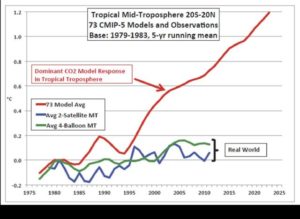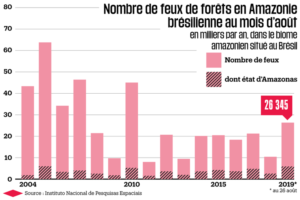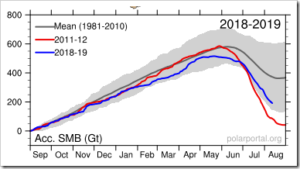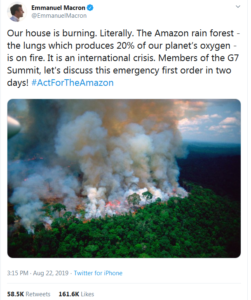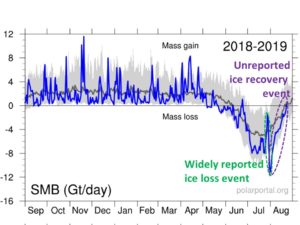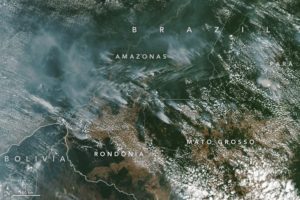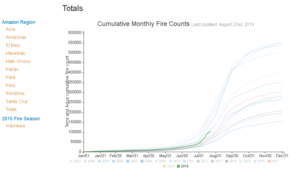by J. Syemour, Sep. 2, 2019 in ClimateChangeDispatch
Objectivity and truth-telling are no longer the most “sacred” responsibilities of the news media, at least according to the far-left The Nation magazine. It’s now … climate change.
“We see Covering Climate Now as a fulfillment of journalism’s most sacred responsibilities, which are to inform people and foster constructive debate about common challenges and opportunities,” The Nation wrote on Aug. 28.
The Nation, Columbia Journalism Review (CJR) and The Guardian spearheaded The Covering Climate Now project.
On Aug. 28, they announced that 170 news outlets around the world signed on to the agenda-driven effort. They bragged that biased journalism will be delivered to a combined audience of hundreds of millions of people.
The list included a Who’s Who of liberal U.S. media outlets including Bloomberg, CBS News, PBS NewsHour, Newsweek, “eminent specialist publications” Nature, Scientific American, InsideClimate News, and “distinguished digital publications” HuffPost, Vox, The Intercept, and Slate.
Audiences can expect to be bombarded by climate alarmism the week of Sept. 16-23, since all the participating outlets agreed to focus on climate that week — just ahead of the UN Intergovernmental Panel on Climate Change summit in New York.
Although some aren’t waiting. CBS has already been celebrating the arrival of 16-year-old “climate warrior” Greta Thunberg and promoting her journey by low-emissions yacht while ignoring the fact that people have to fly to NY to retrieve the boat.
…
